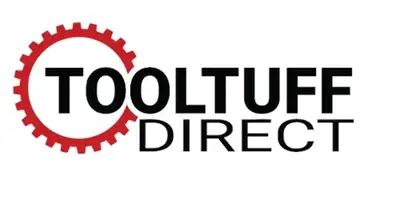Electric motors are devices that turn electrical energy into mechanical energy. They use alternating current (AC) or direct current (DC) to move parts. You may have heard of induction motors, which are commonly used in treadmills and paper-creation machines. They may have brushes or permanent magnets, but their primary function is to generate mechanical force. These devices also load other parts of the system, such as rectification circuits, transistors, and direct current chopper regulators.
Electrical energy is converted into mechanical energy by electric motors
Electric motors are devices that convert electrical energy into mechanical energy. Most electric motors work through electromagnets to produce torque. This torque is then applied to a motor shaft to produce mechanical motion. Examples of electric motors include fans, electric car engines, and fans used in remote control cars. Electric motors are a popular choice for many types of applications, including:
Electric motors are powered by direct current (DC) or by alternating current (AC)
When determining which type of electric motor to use, you will want to consider how it’s powered. While there are many differences between direct current (DC) and alternating current (AC), the basic principles are the same. The basic idea behind an electric motor is that electricity is used to turn a metal rod. This rotation results in movement, and the electric motor then transmits that movement to drive a machine. The electric motor was first developed over 200 years ago, and is still considered a marvel of modern technology.
They can be synchronous or asynchronous
There are two types of motors, asynchronous and synchronic. Synchronous motors have a constant rotation speed and can be used at any speed, while asynchronous motors have a variable RPM that varies with load. A synchronous motor is larger and costs more than an asynchronous motor, but can be more efficient and has greater power factor control. Synchronous motors are best used in low-speed applications and in machines that move.
They have brushes or permanent magnets
A DC motor has two main types: brushed and brushless. Brushed motors have permanent magnets in the rotor, while a brushless motor does not. Brushed motors have a commutator (a wire or brush) on the stator and a pair of alternating permanent magnets in the rotor. Brushes have two main benefits: they have a shorter life and better efficiency.
They have a flat profile
Motors typically have a flat profile. This profile enables them to be compact and can operate at high speeds. The field magnet is powered by a direct current signal and has its own DC supply. There are four wires that run through the motor, which is a brushed dc motor. Its torque curves are wider than those of a series wound DC motor. This makes it the ideal choice for small or low-speed applications.
They have a stator
Electric motors contain a piece of electrical equipment called a stator. This component is part of the alternator and is very important for the functioning of the electric motor. They are not easily damaged or broken. There are many different types of stators. The basic structure of a stator is described below. There are four types of stators. Hairpin stators are named after the shapes of their winding wires. They have four to eighteen spokes. Each spoke contains a copper magnet wire wrapped around an iron core. Some stators use one coil across just a couple of poles, while others employ multiple coils of various sizes and windings.
They have a commutator
A commutator is an electrical switch that controls the current in a machine’s rotating armature. A commutator is made of copper segments that are fixed around a circumferential part of a machine’s armature. The coils are connected to each other by spring-loaded brushes, and they are designed to produce a torque by moving in opposite directions. In an electric motor, the commutator controls the direction of current in the armature.
